4 channel GPIO expander for the NodeIT series microcontrollers.
Designed by Invector Labs in SwedenThis seller is taking a break. Sign up below to get an email when they're back!

This product is no longer available for sale.
The seller may be offering an improved version or it may be hanging out on the beach, enjoying the retired life.

$20.00
Free Shipping!

$13.48
Free Shipping!
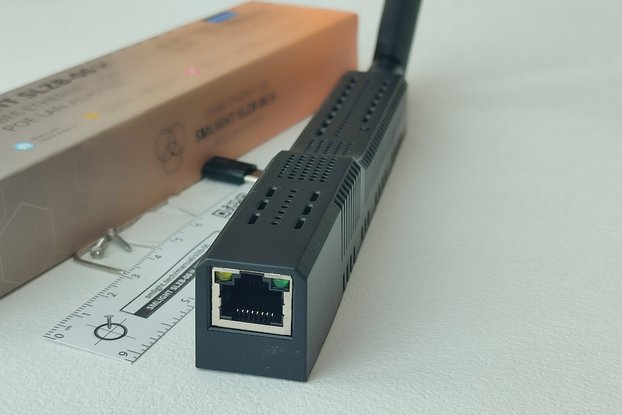
$29.99 $39.99
Free Shipping!

$28.00
Free Shipping!
Introduction This module expands your Nodeit system with 4 more fully programmable GPIO lines. Each line can be programmed to be an input or an output. Each line can also be programmed to be an inter…
Read More…This module expands your Nodeit system with 4 more fully programmable GPIO lines. Each line can be programmed to be an input or an output. Each line can also be programmed to be an interrupt source which can interrupt your NodeIT microcontroller.
The extra GPIO lines are accessible from a 6-pin JST connector on the right side of the board.
This board is shipped with a female JST connector with crimp connector elements and wires.
The board is based on a device called PCA9537 from NXP. This device is a general purpose I2C based GPIO expander. It connects to the I2C bus of your NodeIT micro controller board. A library is available that allows you to treat these GPIO lines just as a standard Arduino GPIO signal.
The open-drain interrupt output is activated when one of the port pins change state and the pin is configured as an input. The interrupt is deactivated when the input returns to its previous state or the Input Port register is read.
Note that changing an I/O from and output to an input may cause a false interrupt to occur if the state of the pin does not match the contents of the Input Port register.
The board have two jumpers that you need to consider before using the board. The first jumper, SJ1, connects a pull up resistor to the SCL signal. The ESP210 does not have a pull up resistor connected to the SCL output so this need to be arranged externally. Most +One modules have a solder jumper that will enable this pull up resistor. You can only have one board with this jumper closed. So if you have a node.IT stack with several I2C boards you need to ensure that only one of these boards have the SCL jumper shortened.
The second jumper is SJ2. this jumper connects the interrupt output from the PCA9537 chip to pin GPIO13 of the ESP210. The current Arduino libraries does not rely on having this jumper closed but if your are developing your own software you might consider closing this jumper.
The jumpers are PCB level jumpers that need to be closed using a solder blob. This is very easy to obtain, simply heat your solder iron and melt the already existing solder on the pads of the jumper. Then apply as much solder you need to close the gap between the pads. When you need to remove a solder jumper you simply take your solder braid, heat the braid and the solder and wick the solder away.
The module comes with two single row headers that needs to be soldered on to the board. A 6 lead pre-crimped connection cable for the GPIO signals is also supplied with the module.

$13.49
Free Shipping!
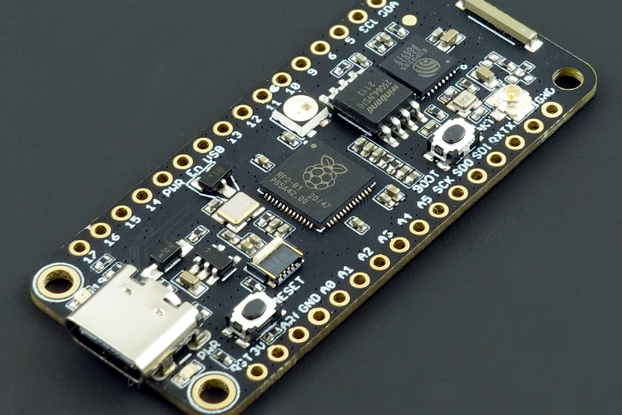
$9.59
Free Shipping!
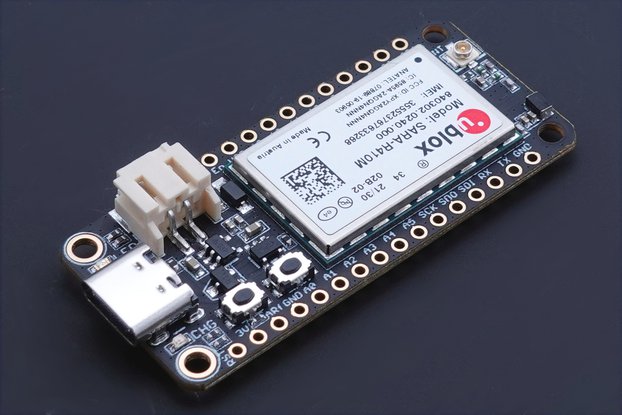
$63.50
Free Shipping!
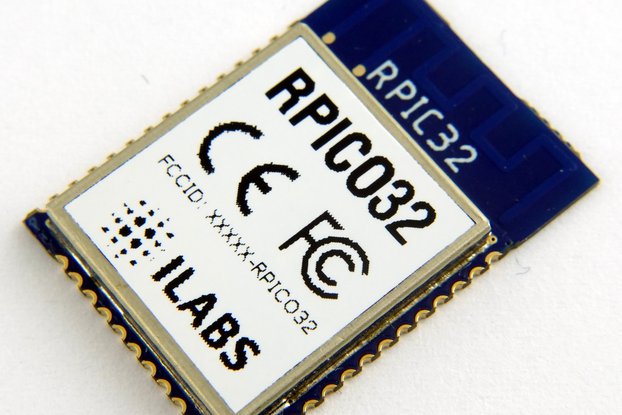
$6.00
Free Shipping!
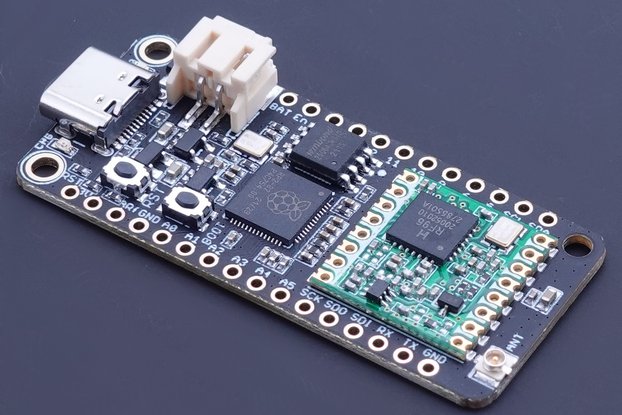
$24.95
Free Shipping!
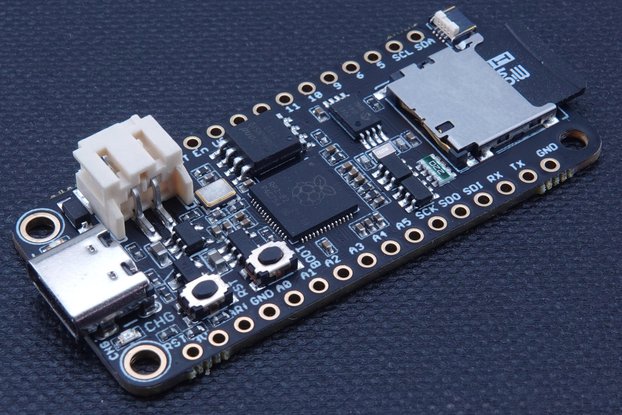
$15.50
Free Shipping!
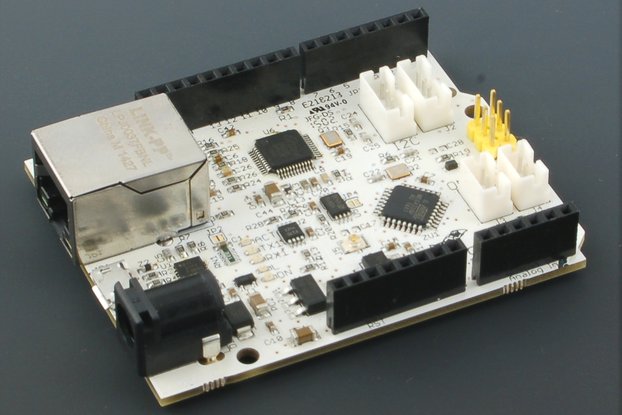
$22.95
Free Shipping!
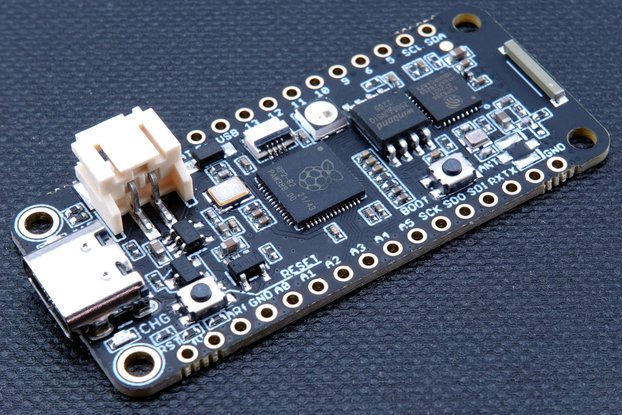
$11.50
Free Shipping!
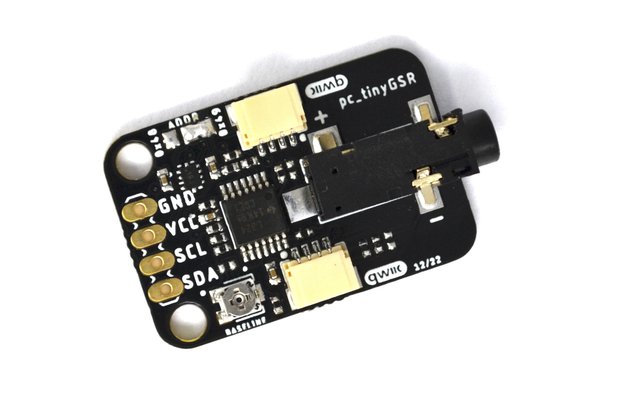
$19.95
Free Shipping!

$20.00
Free Shipping!
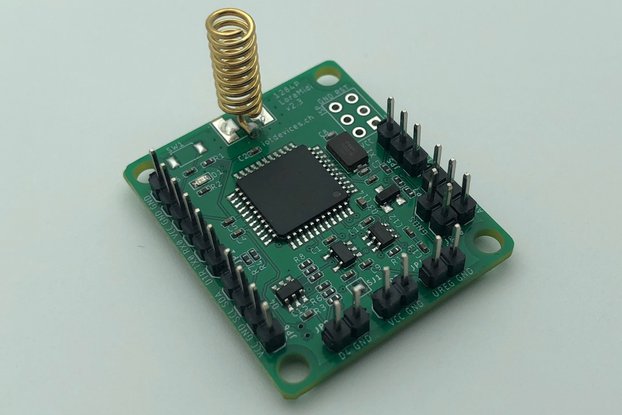
$23.00
Free Shipping!
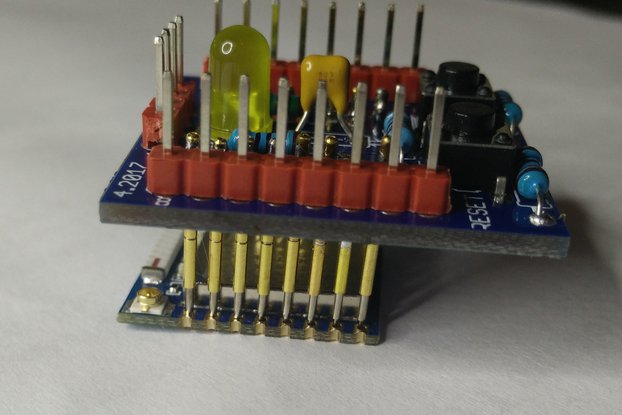
$17.00
Free Shipping!
By clicking Register, you confirm that you accept our Terms & Conditions
We recognize our top users by making them a Tindarian. Tindarians have access to secret & unreleased features.
We look for the most active & best members of the Tindie community, and invite them to join. There isn't a selection process or form to fill out. The only way to become a Tindarian is by being a nice & active member of the Tindie community!
